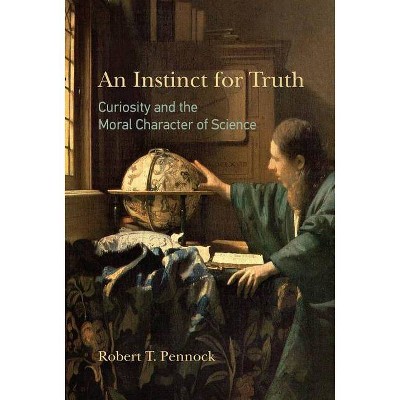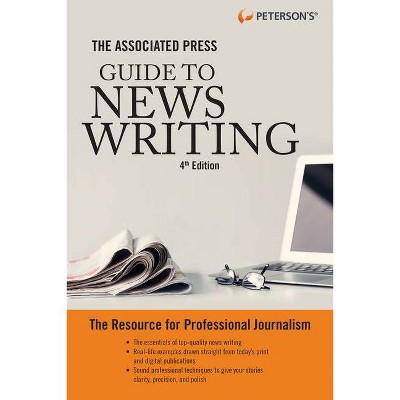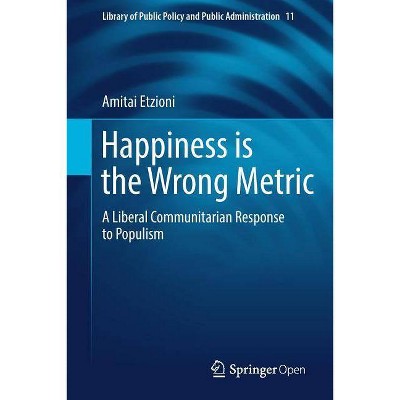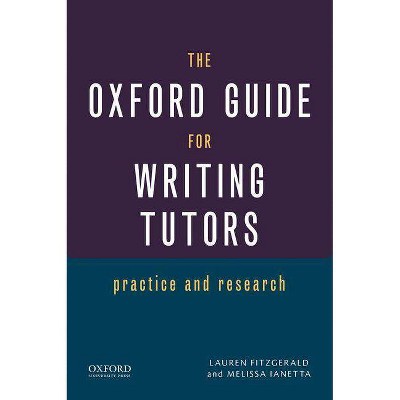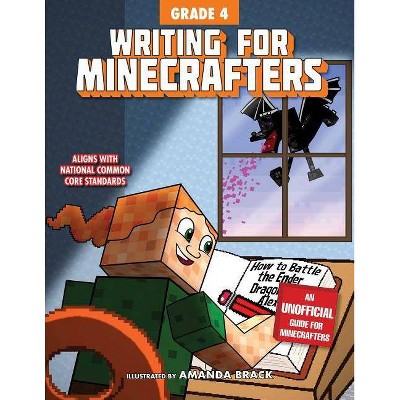The CQ Press Writing Guide for Public Policy - by Pennock (Paperback)
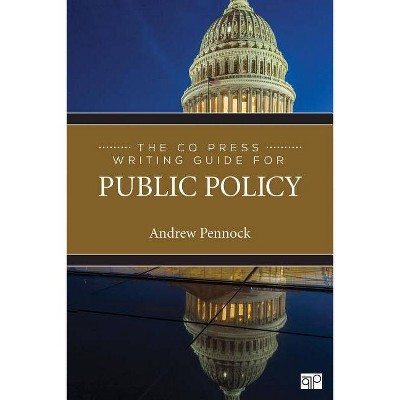
Similar Products
Products of same category from the store
AllProduct info
<p/><br></br><p><b> About the Book </b></p></br></br><p><strong>The CQ Press Writing Guide for Public Policy</strong> is loaded with rich real world examples that help you master the process of translating insightful policy analysis into clear policy recommendations. Known for his conversational writing style, author Andrew Pennock offers step-by-step instructions on how to write for a variety of genres in a style that policy makers expect. Focusing on an audience-centered approach, you will first learn how to create and organize an argument based on the unique needs and expectations of policy makers. The book then moves onto the nuts and bolts of how to write for a policy audience, with special consideration of ethics and working with visual and technical material. Finally, the book provides practical guidance on writing in specific policy genres: policy memos, briefs, Op-Eds, press releases, written testimony, social media, and emails. </p> <p><strong>Key Features: </strong></p> <ul> <li><strong>Basic policy writing tasks</strong> help you write sentences, paragraphs and sections that make sense to readers (and to professors!). You will also learn how to create professional quality tables and figures that support your argument as well as how to package these components together effectively to communicate with policy makers. </li> <li><strong>Six separate chapters for various public policy genres</strong> (issue briefs, legislative histories, decision memos, testimony, op-eds, and new media) provide you with an overview of the genre, several examples, and an analysis of each example.</li> <li><strong>Current examples from across the field of public policy </strong>keep you engaged by connecting the concepts to current topics such as public health (the opioid epidemic, Native-American healthcare, lead poisoning), education (early childhood, school governance), criminal justice (sexting laws, ban-the-box), business regulation (AirBnB, renewable energy, drug pricing), security policy (cyber-security, foreign asset control), and social policy (physician assisted suicide).</li> </ul><p/><br></br><p><b> Book Synopsis </b></p></br></br><p><strong>The CQ Press Writing Guide for Public Policy</strong> is loaded with rich real world examples that help you master the process of translating insightful policy analysis into clear policy recommendations. Known for his conversational writing style, author Andrew Pennock offers step-by-step instructions on how to write for a variety of genres in a style that policy makers expect. Focusing on an audience-centered approach, you will first learn how to create and organize an argument based on the unique needs and expectations of policy makers. The book then moves onto the nuts and bolts of how to write for a policy audience, with special consideration of ethics and working with visual and technical material. Finally, the book provides practical guidance on writing in specific policy genres: policy memos, briefs, Op-Eds, press releases, written testimony, social media, and emails. </p> <p><strong>Key Features: </strong></p> <ul> <li><strong>Basic policy writing tasks</strong> help you write sentences, paragraphs and sections that make sense to readers (and to professors!). You will also learn how to create professional quality tables and figures that support your argument as well as how to package these components together effectively to communicate with policy makers. </li> <li><strong>Six separate chapters for various public policy genres</strong> (issue briefs, legislative histories, decision memos, testimony, op-eds, and new media) provide you with an overview of the genre, several examples, and an analysis of each example.</li> <li><strong>Current examples from across the field of public policy </strong>keep you engaged by connecting the concepts to current topics such as public health (the opioid epidemic, Native-American healthcare, lead poisoning), education (early childhood, school governance), criminal justice (sexting laws, ban-the-box), business regulation (AirBnB, renewable energy, drug pricing), security policy (cyber-security, foreign asset control), and social policy (physician assisted suicide).</li> </ul><p/><br></br><p><b> Review Quotes </b></p></br></br><br>Among the many skills of an effective policy analyst, logical thinking expressed in clear writing is the most essential. My guess is that most teachers of policy analysis promote clear writing primarily through editing rather than instruction. This book is an excellent resource for shifting the balance more toward instruction. It combines practical coaching on the mechanics of clear writing with useful guidance on how to do it effectively in the variety of contexts in which analysts offer their advice. Whether in policy analysis, professional development, or workshop courses, public affairs students will benefit from using this book.--David L. Weimer<br><br>At the heart of policy analysis is giving advice about public issues, and the key to persuasive advice is clear and credible communication. In the CQ Press Writing Guide for Public Policy, Andrew Pennock draws on his years of experience as a professor, committee staffer, and policy consultant to impart useful, practical lessons on how to write more effective issue briefs, legislative testimony, memos, policy histories and op-eds. Pennock provides potent insights into how to create first drafts, how to sharpen prose, how to communicate about complicated tables and figures, and how to write for nontraditional formats such as email and social media. This terrific book presents dozens of concrete tips and step-by-step instructions that should be required reading for all student in public affairs undergraduate and graduate-level programs.--Eric M. Patashnik<br><br>No one ever learned to write from a how-to book; we learn to write better by writing (and rewriting with editors′, colleagues′ and friends′ critiques). But learning-by-doing goes faster, and works better, with a good guide like Andrew Pennock′s. It′s full of useful examples and hands-on exercises, not to mention clear ′rules′ and guideposts. I′m going to point my students at this, and try to get my colleagues to do the same.--Michael O′Hare<br><br>When teaching a writing-based public policy course, you previously needed one textbook on the mechanics of the public policy process and a second that guided students how to write. Andrew Pennock′s book is unique in that it does both well simultaneously. Each chapter is filled with clear and timely examples that give readers real-world applications of the central theoretical points of the chapter. One nice feature of these examples is that they often demonstrate both effective and ineffective forms of communication. The upshot is that the book gives a reader many templates for structuring their own work. I also particularly liked the exercises that were included at the end of each chapter. This book should be adopted in any course in which a substantial amount of the evaluation is based on students writing policy memos.--Marc Meredith<br>
Price History
Cheapest price in the interval: 34 on November 6, 2021
Most expensive price in the interval: 34 on February 4, 2022
Price Archive shows prices from various stores, lets you see history and find the cheapest. There is no actual sale on the website. For all support, inquiry and suggestion messages communication@pricearchive.us
